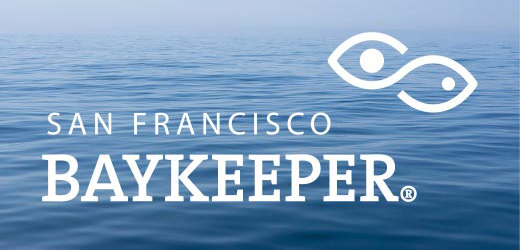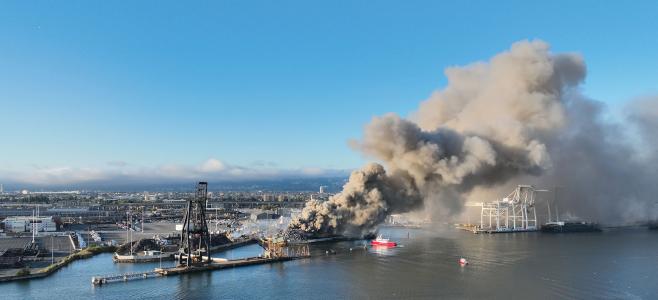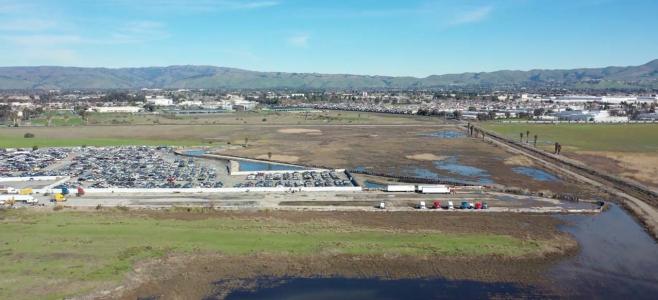The Shell oil refinery in Martinez discharges too much toxic selenium into San Francisco Bay, harming wildlife, Baykeeper recently told regulators. We urged the Regional Water Quality Control Board to tighten limits on the amount of selenium in treated wastewater Shell is permitted to release into the Bay.
At trace levels, selenium is an essential micronutrient. But selenium is also a byproduct of oil refining. At moderate levels in water, it’s a potent toxic pollutant. Selenium inhibits growth and causes gross deformities in wildlife, and can kill bottom-feeding ducks and fish.
In the North Bay, downstream from the region’s oil refineries, monitoring conducted throughout the drought by scientists at the US Geological Survey and the San Francisco Estuary Institute found dangerous levels of selenium in wildlife. During the drought, selenium levels in fish and clams were high enough to harm or kill larger species that eat them. One species living in these waters, the threatened green sturgeon, is especially susceptible to selenium poisoning.
Oil refineries are the largest source of selenium pollution in San Francisco Bay, and Shell discharges more selenium into the Bay than any other refinery. The Chevron refinery in Richmond processes more oil, but Shell releases twice as much selenium as Chevron. Concentrations of selenium in Shell’s wastewater are up to three times as high as those from other Bay Area refineries. Baykeeper advocated to the Water Board that if other refineries in the region can reduce their selenium pollution, Shell should be required to do so as well.
Reining in Shell’s selenium pollution is especially important because California refineries in general have higher concentrations of selenium in their wastewater that other US refineries. That’s due to the type of crude oil refined, which comes from the San Joaquin Valley and contains high levels of selenium.
Agricultural runoff from the Central Valley is another source of selenium pollution in San Francisco Bay. However, fish and other wildlife located downstream of the refineries have the highest levels of selenium, which suggests refineries are the major local contributor.
Baykeeper laid out legal and scientific arguments for curbing selenium pollution from Shell’s Martinez refinery. This advocacy is a step in our ongoing work to stop selenium pollution in the Bay. Last year, we urged regulators to put stronger controls on selenium pollution from all the region’s refineries, and urged stricter limits on selenium from the Philips 66 refinery when the Water Board reviewed that refinery’s operations last year.
Our advocacy has resulted in enhanced monitoring and studies, but regulators have so far refused to require additional treatment and management of selenium toxicity. Suisun Bay is a sensitive ecosystem suffering from numerous stressors that place it at a high risk. Our region’s refineries are certainly capable of reducing their selenium pollution if only regulators would act. For the health of the Bay’s wildlife and ecosystem, we will continue to take every opportunity to advocate to stop selenium pollution in San Francisco Bay.


